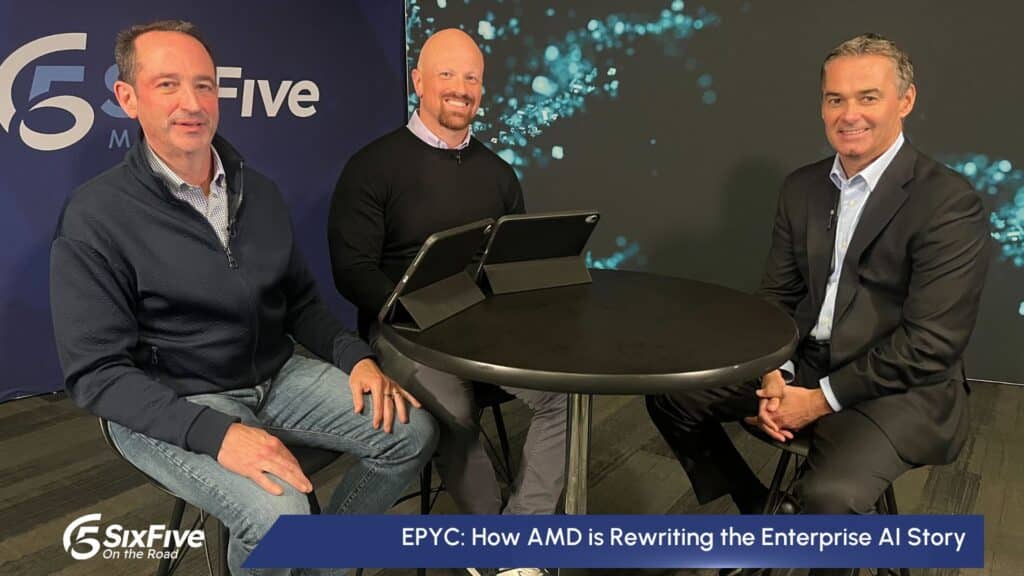The News: Microsoft announced on July 18 a new incentive program that offers a guided path for its on-premises customers to migrate to the cloud, called “AIM,” which stands for Accelerate, Innovate, and Move. The program, which was announced at the company’s Inspire 2023 event for customers and partners, is designed to help customers still running Dynamics ERP and CRM software on-premises to move to cloud-first Dynamics 365 business applications, such as Dynamics AX, Dynamics CRM, Dynamics GP, Dynamics NAV, Dynamics SL, and Dynamics 365 Business.
According to Microsoft, the AIM program will help customers accelerate their migration to the cloud to adopt AI powered technologies, starting with AIM assessments, which are designed to help customers understand the business value, expected outcomes, and key steps and dependencies to move their on-premises business applications. Customers can use the Success by Design methodology from Microsoft to implement Dynamics 365, and will receive expert implementation guidance and services from Microsoft FastTrack and its certified partners.
You can view the original blog post on the Microsoft website.
Microsoft Takes “AIM” at On-Premises Customers
Analyst Take: During Microsoft’s Inspire 2023 conference, Microsoft revealed AIM, or “Accelerate, Innovate, Move,” a new program designed to help its customers move into the cloud, and take advantage of new AI tools such as Dynamics 365 Copilot. The program incorporates business assessments, offers, and incentives that are designed to help customers prepare for and implement a cloud migration quickly and methodically. In addition, AIM will provide access to a dedicated team of advisors to ensure the migration is handled efficiently and effectively.
Conducting Assessments to Mitigate Risks
Microsoft is taking a solid approach to cloud migration, by providing assessments of its customers’ current technology environment and situation, as well as making sure that the customer understands the business value, expected outcomes, and key steps needed to move their on-premises applications into the cloud. This helps minimize the risks and surprises that can come up during a cloud migration and offers a clear and stable path forward. Without a clear plan and strategy, it is far more difficult to ensure all stakeholders are aligned and on board for a cloud migration.
When the migration into the cloud begins, AIM will provide partners access to tools such as the Dynamics 365 Implementation Portal, which assists with the creation and management of cloud-based projects based on these recommendations and expert guidance.
Flying High in the Cloud
Like many software vendors, Microsoft has a vested interest in getting its on-premises customers to undertake a cloud migration. In addition to being able to roll out new features more easily, revenue will increase in tandem with customers’ usage. In a world in which data generation is virtually guaranteed to grow, getting customers to move to a cloud-based infrastructure is a major driver of success.
In addition, organizations that complete a cloud migration are more likely to remain with that vendor, given the time, resources, and capital required to move to another vendor. The AIM program likely will help create a stronger relationship between the customer and the implementation teams that engenders a longer-term commitment to Microsoft.
Disclosure: The Futurum Group is a research and advisory firm that engages or has engaged in research, analysis, and advisory services with many technology companies, including those mentioned in this article. The author does not hold any equity positions with any company mentioned in this article.
Analysis and opinions expressed herein are specific to the analyst individually and data and other information that might have been provided for validation, not those of The Futurum Group as a whole.
Other insights from Futurum Research:
Microsoft Announces General Availability of Sales Copilot
Microsoft’s Viva Sales, Copilot Driving Productivity Gains for Sales Professionals
Talking Broadcom, VMWare, China, Microsoft, Activision, Adobe, Amazon, IBM & Google
Author Information
Keith has over 25 years of experience in research, marketing, and consulting-based fields.
He has authored in-depth reports and market forecast studies covering artificial intelligence, biometrics, data analytics, robotics, high performance computing, and quantum computing, with a specific focus on the use of these technologies within large enterprise organizations and SMBs. He has also established strong working relationships with the international technology vendor community and is a frequent speaker at industry conferences and events.
In his career as a financial and technology journalist he has written for national and trade publications, including BusinessWeek, CNBC.com, Investment Dealers’ Digest, The Red Herring, The Communications of the ACM, and Mobile Computing & Communications, among others.
He is a member of the Association of Independent Information Professionals (AIIP).
Keith holds dual Bachelor of Arts degrees in Magazine Journalism and Sociology from Syracuse University.





